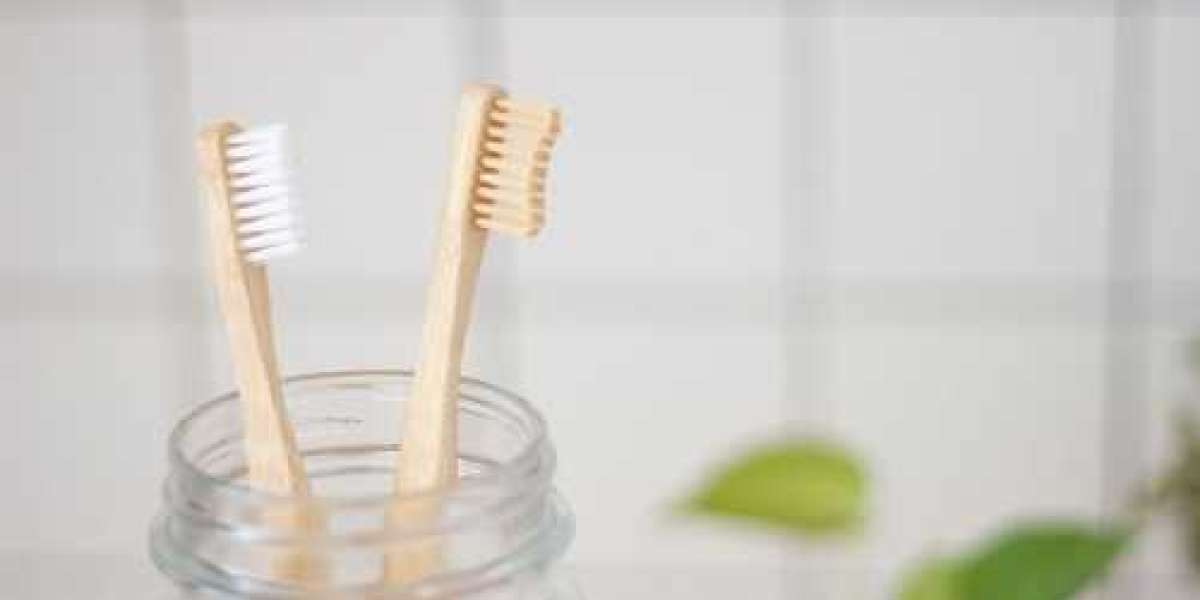Introduction:
In recent years, bamboo toothbrushes have gained popularity as an eco-friendly alternative to plastic toothbrushes. With their biodegradable handles and sustainable sourcing, they have become a symbol of the growing movement towards reducing plastic waste. However, concerns about mold growth on bamboo toothbrushes have left some users skeptical about their hygiene. In this article, we aim to debunk the myth surrounding mold on bamboo toothbrushes and shed light on proper care practices. do bamboo toothbrushes mold?
The Bamboo Advantage:
Bamboo toothbrushes are renowned for their eco-friendly nature. Bamboo is a fast-growing, renewable resource that requires minimal water, pesticides, and fertilizers to grow. It also possesses natural antimicrobial properties, making it an ideal choice for toothbrushes. These properties help fight against the growth of bacteria, fungi, and mold, which are often the cause of unpleasant odors and hygiene issues.
Understanding Mold:
Mold is a type of fungus that thrives in warm, damp environments. While it is true that any toothbrush, regardless of its material, can develop mold if not properly cared for, bamboo toothbrushes are not more susceptible to mold growth compared to their plastic counterparts. In fact, if cared for correctly, bamboo toothbrushes can remain mold-free and hygienic throughout their lifespan.
Proper Care for Bamboo Toothbrushes:
To ensure your bamboo toothbrush stays mold-free, follow these simple care practices:
Rinse after use: Thoroughly rinse your bamboo toothbrush after each use to remove any remaining toothpaste or debris. Use warm water and gently shake off the excess moisture.
Store in an open-air holder: Avoid storing your toothbrush in a closed container or a humid environment, as it can promote the growth of mold. Instead, opt for an open-air toothbrush holder that allows proper ventilation and quick drying.
Regularly sanitize: To further prevent mold growth, it is advisable to sanitize your bamboo toothbrush every few weeks. You can do this by soaking the bristles in an antimicrobial mouthwash or a mixture of water and hydrogen peroxide for a few minutes. Afterward, rinse the toothbrush thoroughly and let it air dry.
Replace when needed: Just like any toothbrush, bamboo toothbrushes have a recommended lifespan of three to four months. If you notice fraying bristles or any signs of mold, it's time to replace your toothbrush immediately.
Conclusion:
Bamboo toothbrushes are an excellent choice for environmentally conscious individuals seeking to reduce their plastic waste. Despite common misconceptions, they are not inherently prone to mold growth. By implementing proper care practices such as rinsing, storing in an open-air holder, sanitizing regularly, and timely replacement, you can ensure a clean and hygienic bamboo toothbrush. So, embrace the eco-friendly option without worrying about mold, and let your smile shine bright while contributing to a greener planet.








